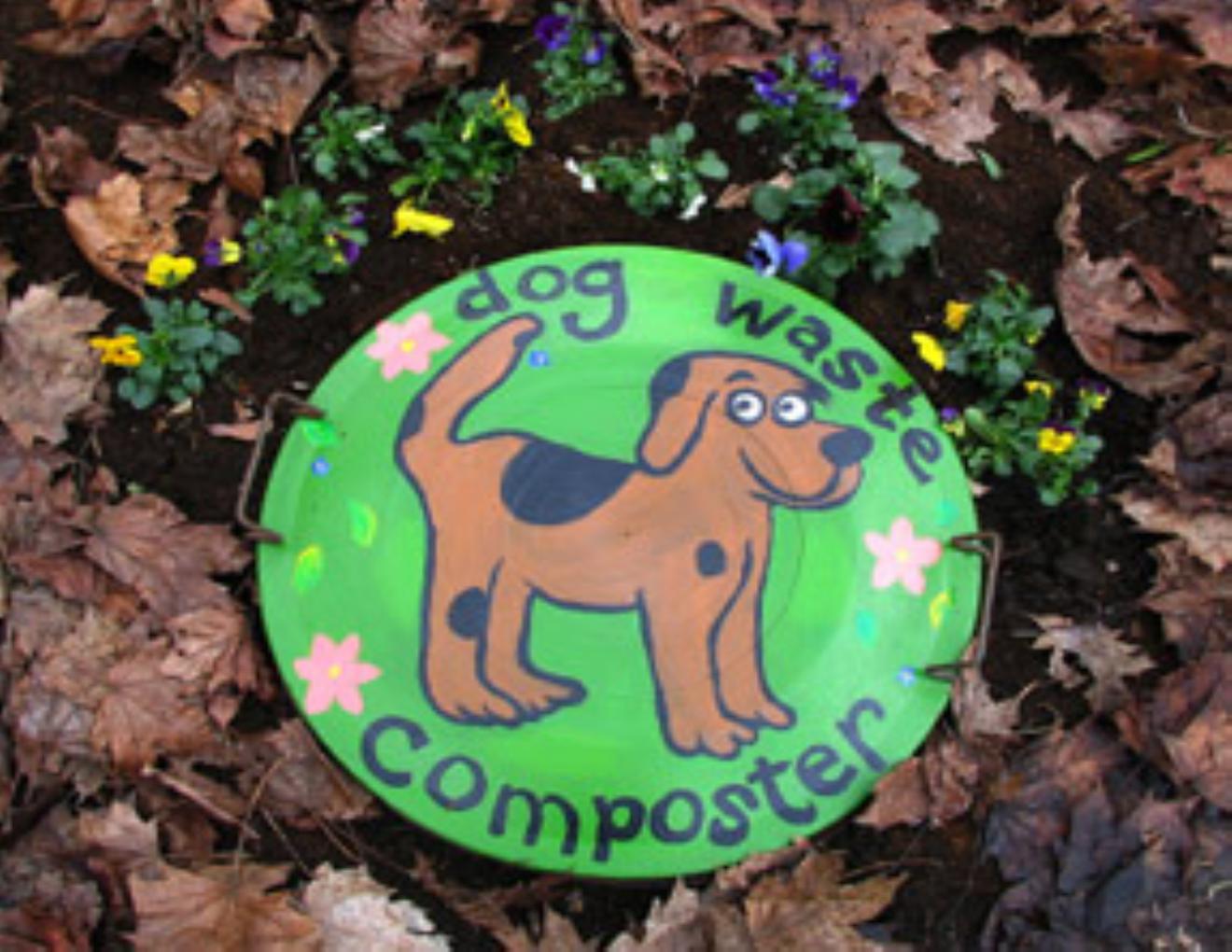Alternatives to trashing pet waste
Many agencies concerned with public health discourage pet waste recycling. And their concern is justified. If not done conscientiously and with consistent effort, the result could be pollution, odor and illness.
That said, a quick online search will tell you that many communities, organizations and households evolving toward sustainability are finding unique ways to cycle pet waste back to nature. In addition to composting, options include pet waste septic systems, burial, flushing into municipal septic sewers, septic tanks, moldering, vermiculture and bokashi. Before you attempt any “do it yourself” methods of pet waste disposal through flushing or underground systems, it’s best to consult a sewer replacement and repair company for advice.
A few warnings!
– Dog and cat manure might contain hard-to-kill pathogens that pose serious health risks. Do not use do-it-yourself recycled pet manure on vegetable gardens or near fruit trees. Tubers and other edibles could become contaminated through direct contact with the soil. Even thorough washing may not remove harmful residue.
– Keep inground pet waste septic systems and burial trenches away from house foundations, tree rooting, ground and surface water.
– All decomposition grinds to a stop when temperatures drop below 40 degrees F. Bury inground septic systems below frost line for your area. Adding a PVC pipe entry at the top will allow you to bury containers deeper.
– When you recycle pet waste, do not include plastic film bags. Even certified compostable bags will degrade in a timely manner only at a commercial composting facility. These bags will slow down the back yard composting process. Plastics in bags identified as “biodegradable” might never properly degrade. Paper bags and newspaper work best because they give microbes access to the waste and add carbon to offset nitrogen. Better still, use a scooper.
– Do not deposit into storm sewers that flow directly into waterways. The old adage of “curb your dog” – puts you dog’s “business” in the gutter washing into a storm sewer that drains into a public waterway. Bad business.
Still want to upcycle pet waste? Pick up a copy of The Pet Poo Pocket Guide: How to Safely Compost and Recycle Pet Waste for details on how to tailor your approach based on location, situation, weather, needs and available time. Also check out online do-it-yourself instructions, consider the pros and cons, and decide on a system that works for your situation and location. Then customize it so it works even better!
Here are some quick solutions.
Flushing
– If asked, many municipal water treatment plants will discourage you from flushing dog waste. The EPA supports flushing and the Salt Lake City County Stormwater Coalition has endorsed flushing in its pamphlet on Pet Waste and Water Quality.
– To avoid clogging plumbing, do not flush waste-filled bags unless the bags are specified as “flushable” (usually alcohol-based film). No-brainer: limit quantity of loose dog waste you flush to avoid back toilet back ups. If you do accidentally flush a waste bag or do get a toilet blockage (or worse, an overflow!), then you will probably need to enlist the help of a plumber. If you come from Australia you could try this emergency plumber melbourne. Just be super careful what you are flushing and how much you flush. If you’ve put to much down there it might be a good idea to seek the help of someone similar to sewer cleaning Hoboken nj.
– Do not flush dog or cat waste into an underground household septic tank. Hair in the waste might cause outflow problems.
– Do not flush cat litter near natural water sources where runoff can pollute. Pathogens in cat waste are destructive to aquatic wildlife. Keep cat waste away from untreated water as the feces may contain Toxoplasma gondii, a disease agent affecting otters.
– Commercial grade flushing systems for dog waste that connect directly to septic sewer lines are available for outdoor installation. Search online for dog waste flushing or power flush options or check out this simple solution.
Composting
USDA Alaska sled dog study – how to compost waste at multiple-dog facilities
Septic bins
City Farmer – dog waste disposal video
Printed instructions on how to build a septic system – includes soil requirements
Super easy back yard septic system, 1-2 dogs, around $7
How to use mobile septic bins to provide super dense nutrients for fruit trees (don’t use cat waste around natural water sources)
Vermicompost (worm farm)
Two suggestions for dog waste vermicomposting
Bokashi



